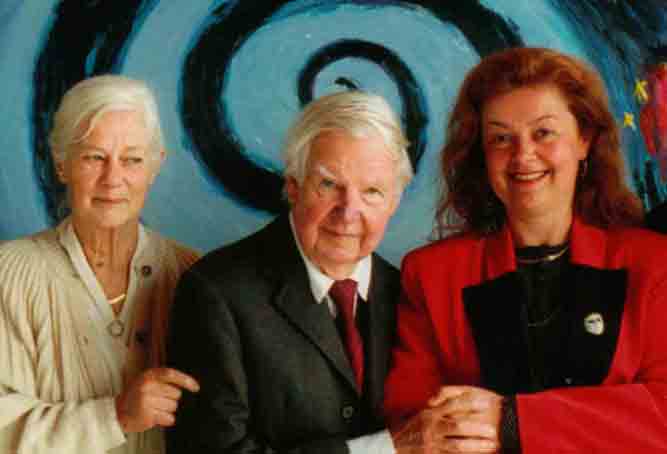"The masterpiece should appear as the flower to
the painter
perfect in its bud as in its bloom
without no reason to explain its presence
no mission to fulfill"
James McNeill Whistler
To arrive at a specific monetary value involves
research
collecting data from multiple sources including:
-
Museums and commercial
galleries purchases & sales
-
Art dealers sales
-
Curators
opinions
-
National Galleries purchases
-
Auction houses
record prices
-
 Experienced
art consultants
Experienced
art consultants
-
Corporate collectors purchases and sales
-
World art market purchases activities
Artwork value is created by reputation of the seller and history
play the
essential role of supplying attribution, establishing opinion and
authenticating works of art offered on the World Art market.
These elements may affect an artwork value
-
Is the item you own,
a museum-quality work of art?
-
Is the artwork scarce or otherwise?
-
Is the artwork historically important, it is illustrated /
publicized?
-
Has it an influence or has it been influenced?
-
It is the artwork representative of the artist?
-
Is the artwork from the period of the artist high-acclaim?
Artwork value may be affected by
-
the artistic (and or esthetic) merit
-
the quality and the rarity
-
the
provenance
-
the style, title, subject and the condition
-
the artwork size may not necessary qualify its price or affects
its value
-
the nature of attribution including a scholar's opinion, as well
as which scholar attributions
Art
valuation is the process of estimating the potential
market value
of a
work of art
as a
financial valuation,
apart from
an
aesthetic
opinion, subjective views of cultural value play a part as well.
The basic level of price determination, provides an
estimate of the current market value of a work of art, is to look
through the eyes of an art-speculator without taking into account
the true value of a work of art existence for the pleasure its
gives.
The Research
and investigation of a work of art has a particular importance,
firstly, to
authenticate
the artwork and secondary, to value the object.
Art appraisals to a great extent,
depend
on the advice and enthusiasm of a variety of
specialized market analysts, curators, museums and commercial
galleries.
Artwork value is enhanced by competition for the work, rarity as
well as the current trend, taste, publicity, beliefs and style.
The art market's participants and other
limitations dictate the size of the market and increase the risk
that some items may be over or undervalued.
Comparative
techniques are, seeing the objects at hand, expert opinions,
investigation, study and the results of tests may also be used,
but establishing
provenance
is essential.
The purpose of
tracing the
provenance
of an object or entity is to provide contextual and circumstantial
evidence for its
authenticity,
the original production or discovery, by establishing, its history,
especially the sequences of its formal ownership,
custody,
and/or places of storage.
The World
art market
operates in an economic model that considers more than
supply & demand,
appraisals require
continual research,
works of
art are not
fungible
like
stocks.
It is a hybrid
type of
prediction market
where artworks are bought and sold for values based not only on a
work's perceived cultural value, but on both, its past monetary
value as well as its predicted future value.
Unlike the
volumes in the
securities market
where millions
of people and firms participate in buying and selling financial
interests, or the
commodities market
where measures of raw or primary products are exchanged using
standardized contracts, art market activity largely follows the
demands of a more limited array of private art collectors,
museums, and large corporate interests as the principal market
participants.